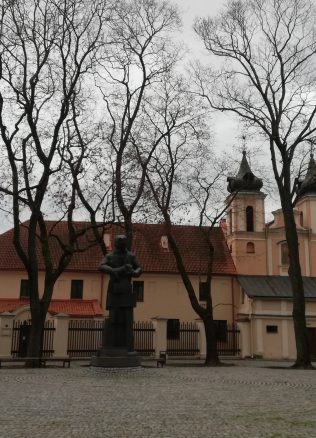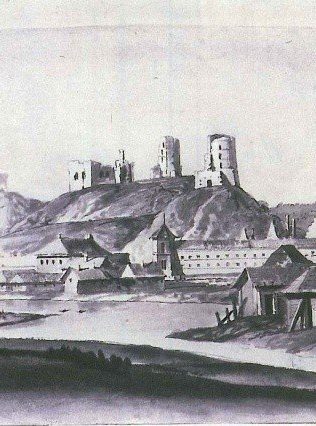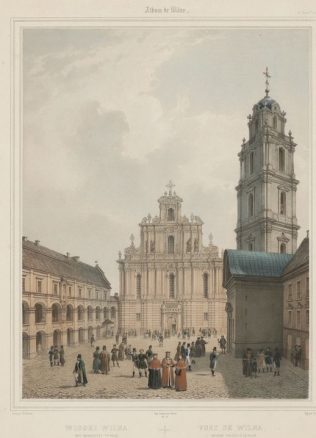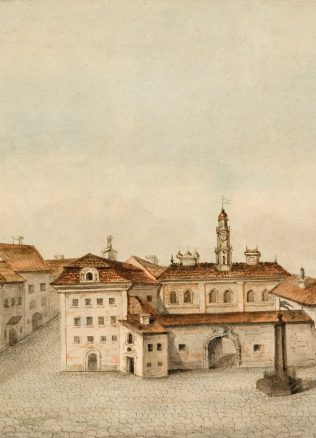Fireworks launch site
In Europe firework displays have been held on various occasions for several hundred years, their purpose being to fascinate and amaze the onlookers. In the 15th century, fireworks became a part of secular entertainment, but they gained exceptional significance during the Baroque.
The “artificial fires”, which mimic thunder and flashes of lightning, created the impression of heavenly powers. During the Baroque, light became an important element of commemorative decoration, used to enhance the effect of theatricality. On the other hand, light is an archaic symbol of divinity, so the fireworks were perfect for creating the impression of grandeur and splendour – and that is exactly what the magnates were after.
The fireworks were designed by military engineers. Production of “artificial fires” was an expensive and time-consuming job. Usually, it took several weeks for engineers to design the elaborate facilities for celebrations, in which they were aided by architects and sculptors. The fundamentals of arranging firework displays had become a part of an engineering education.
This art was laid out in artillery textbooks, such as “The Great Art of Artillery” by Kazimierz Siemienowicz, a military engineer from the Grand Duchy of Lithuania. The book, first published in 1650, would become the most important European textbook on artillery for the next two centuries.
Learn more about artificial fires by clicking this link.



